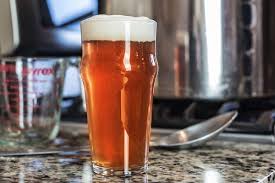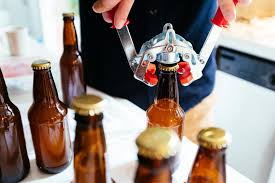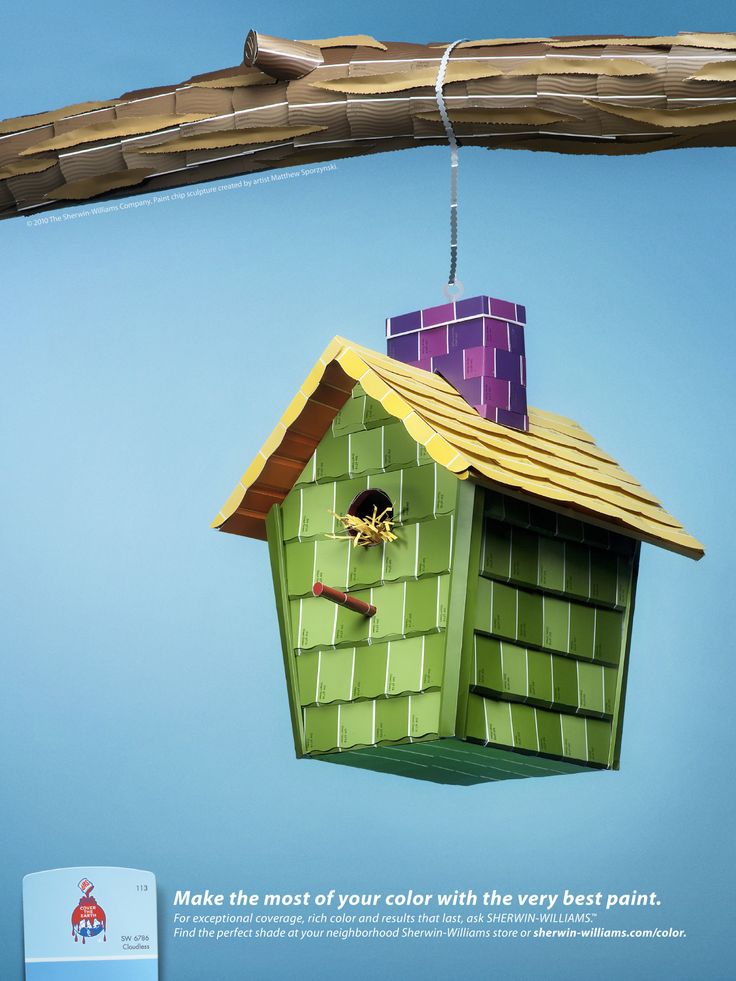Home Brewing – Basics
If you’re investigating online home brewing, you might be a little overwhelmed with all of the details. There’s no need to say though that home brewing is too hard. If you practice and follow the right basic steps, then at your first attempts you can quickly produce good batches of beer. To help you get started on the right path, here are five simple steps you can use to lead you and get you interested in this enjoyable and fulfilling activity right away. Have a look at home brew for more info on this.
 First, you’ll need supplies for the home brewing. There are many choices here but two primary options are available to make things easy to get started. You can purchase an all-in-one package (like a Mr. Brew or The Beer Machine), or you can buy a set consisting of all the necessary pieces of equipment that you need to brew. Both of these choices aren’t too expensive — either way, for under $100 you can practically get home brewing going. The part packages will include the main equipment you require, and the all-in-one kits are self-contained and ready to brew beer.
First, you’ll need supplies for the home brewing. There are many choices here but two primary options are available to make things easy to get started. You can purchase an all-in-one package (like a Mr. Brew or The Beer Machine), or you can buy a set consisting of all the necessary pieces of equipment that you need to brew. Both of these choices aren’t too expensive — either way, for under $100 you can practically get home brewing going. The part packages will include the main equipment you require, and the all-in-one kits are self-contained and ready to brew beer.
Next, you need compounds. Beginning home brewing product kits exist to make the method stripped and simplified — you must first learn the basics of the home brewing process. Once you have that concept, you will know how to use different ingredients and use different techniques in an attempt to exert better control over the final product.
But at first, you basically have to be able to make beer in the easiest way. Ingredient kits include what you need to brew beer-just drop all the supplies in your brew kettle, cook, and you’re on the way! The brewing kits should come with all the essential ingredients needed to make beer — malt extract, which typically comes pre-hopped (and you don’t have to think about adding hops), and yeast, so all you need to add is sugar. Such kits also have guidance on how long to boil and how to turn this wort into beer.
The home brewing process starts with first ensuring all of the home brewing equipment is properly cleaned and sanitized — these are not the same. Cleaning and sanitizing are two different measures but both steps must be taken to insure that bacteria and germs do not contaminate the product. The beer brewing begins with the boil, following sufficient cleaning and sanitizing.
Usually, you’ll bring the water up to 160 degrees F in your brew pot, and extract the water from the heat so it won’t get too heavy. You then mix the ingredients from the package and combine to blend in as instructed. You have now created what’s known as the wort, and finally this will become your brew. You’ll want to make sure all of the components have been processed and fully incorporated. You first attach the wort to the fermenter, and transfer the top off water to the fermenter to have a 5 gallon sample of wort in it.
 This begins the process of fermentation, which is the process of turning the wort into beer. Fermentation will occur for 7-10 days, and one key factor for fermentation during the fermentation period is monitoring and maintaining proper temperature. How do you know when fermentation finishes? You can see from visual indications such as slowing down or stopping the operation on the airlock.
This begins the process of fermentation, which is the process of turning the wort into beer. Fermentation will occur for 7-10 days, and one key factor for fermentation during the fermentation period is monitoring and maintaining proper temperature. How do you know when fermentation finishes? You can see from visual indications such as slowing down or stopping the operation on the airlock.
Physical signs are not always foolish evidence, though, and it is better not to rely on them as the primary means of determining when fermentation takes place. Specific gravity calculations should also be performed with a hydrometer. If you don’t change your SG readings for a few consecutive days, then you realize fermentation is complete. When your SG does not shift for a couple of days, but it’s not near to your final gravity goal, so you realize you have a stuck fermentation — this means fermentation is not full, so careful steps must be taken to insure fermentation is complete.
Eventually, until fermentation is complete, it’s time for bottling and prime. Priming is the act of applying sugar before bottling the beer — this additional sugar feeds the yeast and produces carbonation. You should add the sugar to each actual glass, however in the bottling bucket several home brewers add the sugar to the beer and swirl it to dissolve fully. Once the sugar has been fully incorporated, you are ready to transfer the beer into the bottles.



